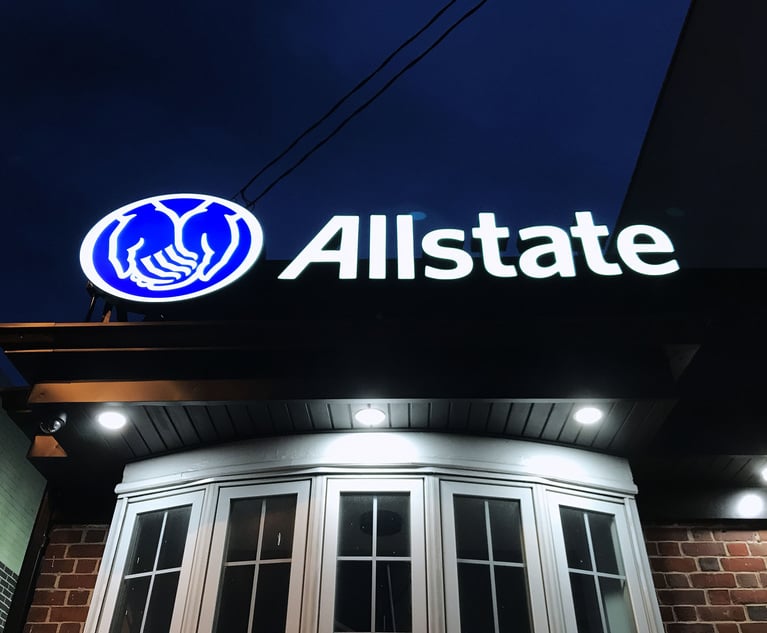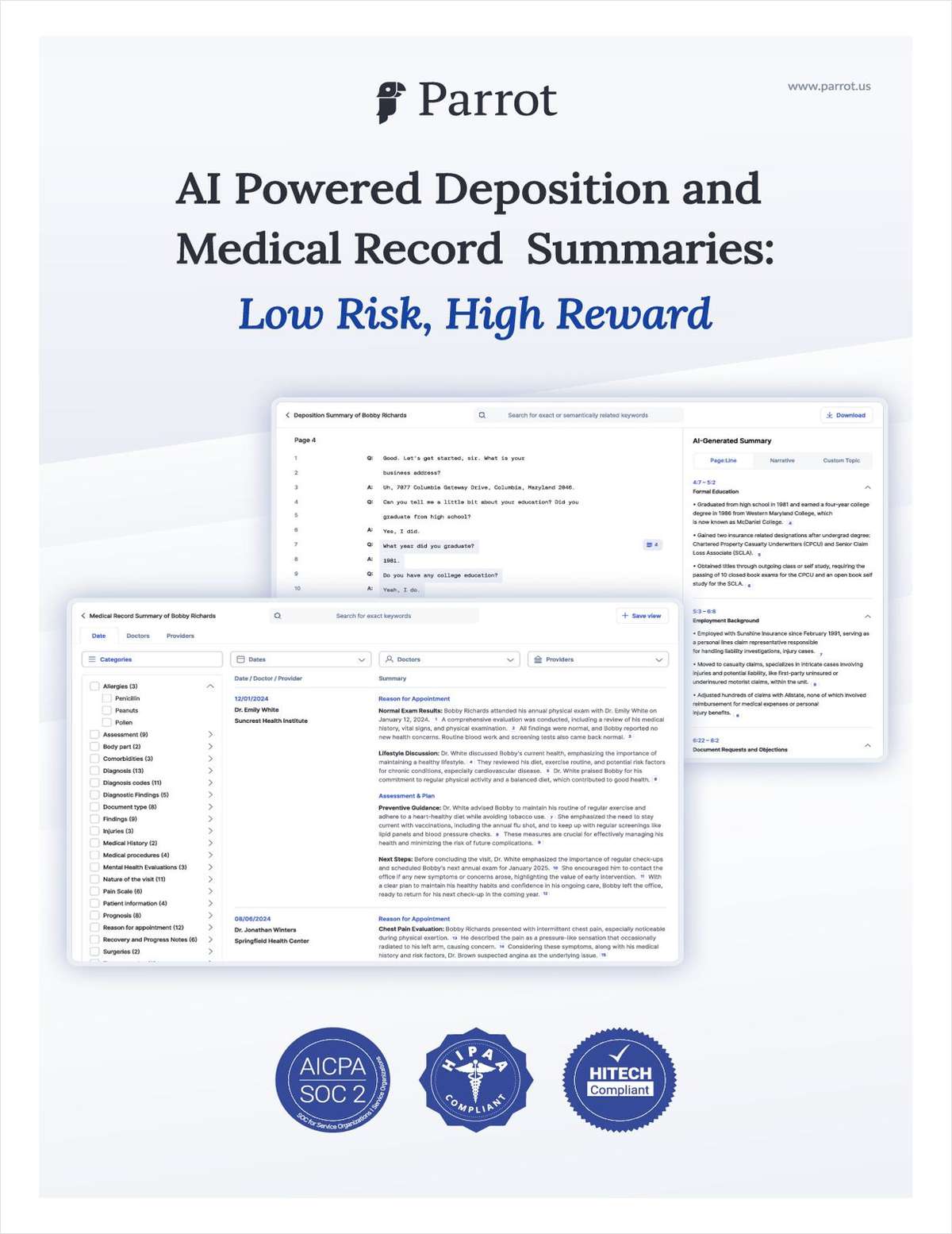 Credit: Murrstock/Adobe Stock
Credit: Murrstock/Adobe Stock Risks and Ad Fraud Protection In Digital Advertising
The ever-evolving digital marketing landscape, coupled with the industry-wide adoption of programmatic advertising, poses a significant threat to the effectiveness and integrity of digital advertising campaigns. This article explores various risks to digital advertising from pixel stuffing and ad stacking to domain spoofing and bots. It will also explore what should be done to ensure ad fraud protection and improve effectiveness.
September 06, 2024 at 03:45 PM
8 minute read
What You Need to Know
- Fraud accounts for 22% of yearly digital advertising expenditures, resulting in losses of up to $84 billion for advertisers annually.
- Digital ad fraud involves deceptive practices where fraudulent actors exploit automated advertising systems to drain ad budgets, skew campaign metrics and diminish campaign effectiveness.
- Monitoring of a digital campaign's performance is extremely critical.
Fraud accounts for 22% of yearly digital advertising expenditures, according to Juniper Research, resulting in losses of up to $84 billion for advertisers annually. Notice programs in the settlement context are not immune from this danger. Class counsel has a fiduciary duty to protect the best interests of the class, therefore protecting notice programs and the effectiveness of a digital advertising campaign is critical. Further, the recent tidal wave of suspicious claim filing may be connected to advertising (ad) fraud as well. Counsel would be remiss to brush aside concerns over ad fraud in favor of cheap digital notice campaigns. This article explores various risks to digital advertising from pixel stuffing and ad stacking to domain spoofing and bots. It will also explore what should be done to ensure ad fraud protection and improve effectiveness.
The ever-evolving digital marketing landscape, coupled with the industry-wide adoption of programmatic advertising, poses a significant threat to the effectiveness and integrity of digital advertising campaigns. In contrast to historically traditional methods where actual real people negotiate prices and placements, programmatic advertising has largely taken over. This automated process of buying and selling digital online space — which takes a mere two hundred milliseconds to complete — involves the use of software and algorithms to manage real-time auctions, where marketers bid for ad space on websites, mobile apps and other digital platforms.
NOT FOR REPRINT
© 2025 ALM Global, LLC, All Rights Reserved. Request academic re-use from www.copyright.com. All other uses, submit a request to [email protected]. For more information visit Asset & Logo Licensing.
You Might Like
View All
FTC's Info Security Action Against GoDaddy Sends 'Clear Signal' to Web Hosting Industry: Expert


Avoiding Legal Risks: Crafting a Strong Do Not Call Policy for Compliance
7 minute read
'Be Prepared and Practice': Paul Hastings' Michelle Reed Breaks Down Firm's First SEC Cybersecurity Incident Disclosure Report
Trending Stories
- 1Public Notices/Calendars
- 2Wednesday Newspaper
- 3Decision of the Day: Qui Tam Relators Do Not Plausibly Claim Firm Avoided Tax Obligations Through Visa Applications, Circuit Finds
- 4Judicial Ethics Opinion 24-116
- 5Big Law Firms Sheppard Mullin, Morgan Lewis and Baker Botts Add Partners in Houston
Who Got The Work
J. Brugh Lower of Gibbons has entered an appearance for industrial equipment supplier Devco Corporation in a pending trademark infringement lawsuit. The suit, accusing the defendant of selling knock-off Graco products, was filed Dec. 18 in New Jersey District Court by Rivkin Radler on behalf of Graco Inc. and Graco Minnesota. The case, assigned to U.S. District Judge Zahid N. Quraishi, is 3:24-cv-11294, Graco Inc. et al v. Devco Corporation.
Who Got The Work
Rebecca Maller-Stein and Kent A. Yalowitz of Arnold & Porter Kaye Scholer have entered their appearances for Hanaco Venture Capital and its executives, Lior Prosor and David Frankel, in a pending securities lawsuit. The action, filed on Dec. 24 in New York Southern District Court by Zell, Aron & Co. on behalf of Goldeneye Advisors, accuses the defendants of negligently and fraudulently managing the plaintiff's $1 million investment. The case, assigned to U.S. District Judge Vernon S. Broderick, is 1:24-cv-09918, Goldeneye Advisors, LLC v. Hanaco Venture Capital, Ltd. et al.
Who Got The Work
Attorneys from A&O Shearman has stepped in as defense counsel for Toronto-Dominion Bank and other defendants in a pending securities class action. The suit, filed Dec. 11 in New York Southern District Court by Bleichmar Fonti & Auld, accuses the defendants of concealing the bank's 'pervasive' deficiencies in regards to its compliance with the Bank Secrecy Act and the quality of its anti-money laundering controls. The case, assigned to U.S. District Judge Arun Subramanian, is 1:24-cv-09445, Gonzalez v. The Toronto-Dominion Bank et al.
Who Got The Work
Crown Castle International, a Pennsylvania company providing shared communications infrastructure, has turned to Luke D. Wolf of Gordon Rees Scully Mansukhani to fend off a pending breach-of-contract lawsuit. The court action, filed Nov. 25 in Michigan Eastern District Court by Hooper Hathaway PC on behalf of The Town Residences LLC, accuses Crown Castle of failing to transfer approximately $30,000 in utility payments from T-Mobile in breach of a roof-top lease and assignment agreement. The case, assigned to U.S. District Judge Susan K. Declercq, is 2:24-cv-13131, The Town Residences LLC v. T-Mobile US, Inc. et al.
Who Got The Work
Wilfred P. Coronato and Daniel M. Schwartz of McCarter & English have stepped in as defense counsel to Electrolux Home Products Inc. in a pending product liability lawsuit. The court action, filed Nov. 26 in New York Eastern District Court by Poulos Lopiccolo PC and Nagel Rice LLP on behalf of David Stern, alleges that the defendant's refrigerators’ drawers and shelving repeatedly break and fall apart within months after purchase. The case, assigned to U.S. District Judge Joan M. Azrack, is 2:24-cv-08204, Stern v. Electrolux Home Products, Inc.
Featured Firms
Law Offices of Gary Martin Hays & Associates, P.C.
(470) 294-1674
Law Offices of Mark E. Salomone
(857) 444-6468
Smith & Hassler
(713) 739-1250








